ThisiscontentfromElsevier'sDrugInformation
Prenatal Multivitamins and Minerals
Learn more about Elsevier's Drug Information today! Get the drug data and decision support you need, including TRUE Daily Updates™ including every day including weekends and holidays.
Follow directions for specific product chosen, as per its package label. Usual dose for most products is 1 tablet PO once per day. Use before conception (even just 1 month before fertilization) appears to have benefits, including the reduction of nausea/vomiting in early pregnancy per the American College of Gynecology and Obstetrics (ACOG).[66066]
1 tablet or dose, as defined on the product label, PO per day.
Not indicated.
1 tablet or dose, as defined on the product label, PO per day.
Safety and efficacy have not been established.
Do not use.
Do not use.
Specific guidelines for dosage adjustments in hepatic impairment are not available; it appears that no dosage adjustments are needed.
Specific guidelines for dosage adjustments in renal impairment are not available; it appears that no dosage adjustments are needed.
† Off-label indication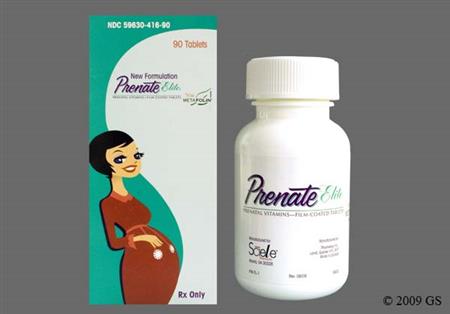
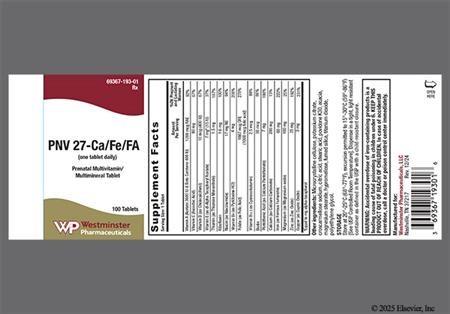
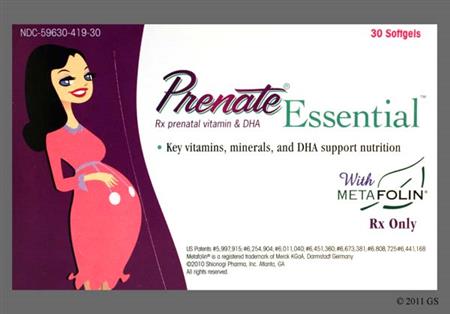

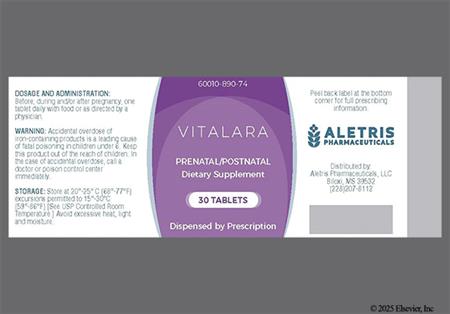
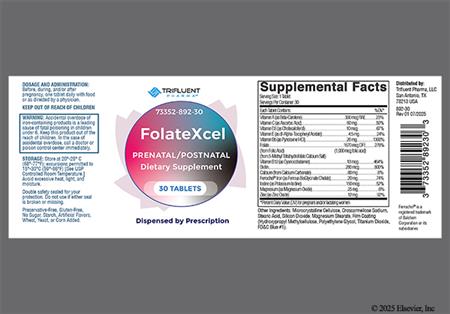
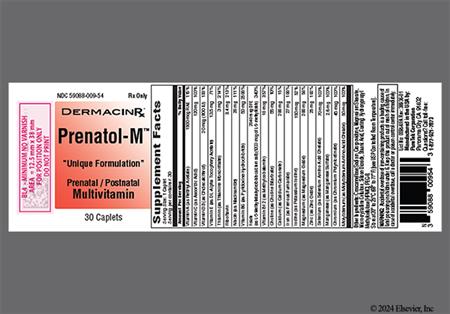
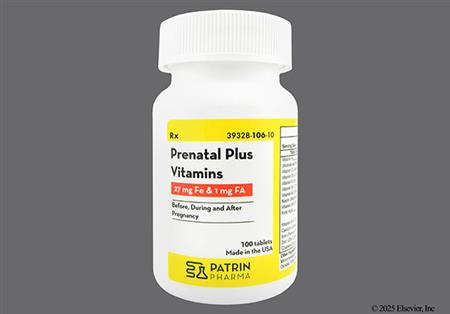
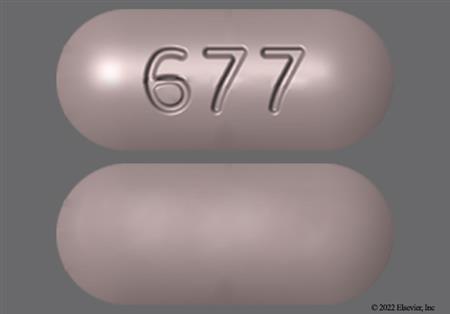
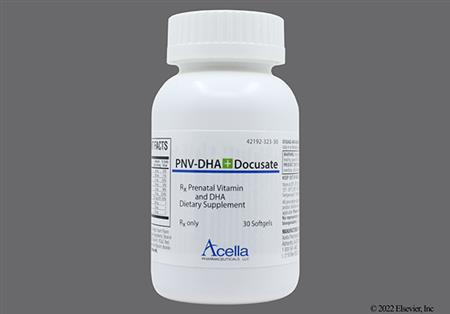
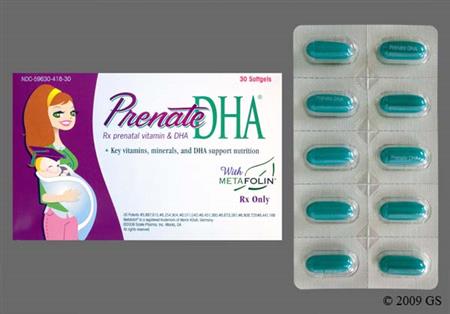
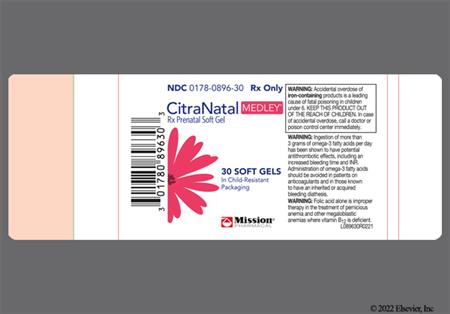

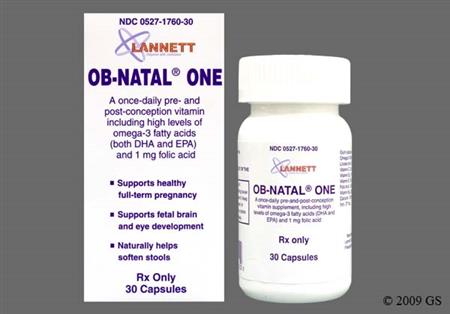
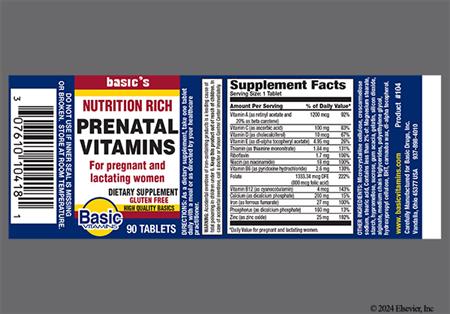
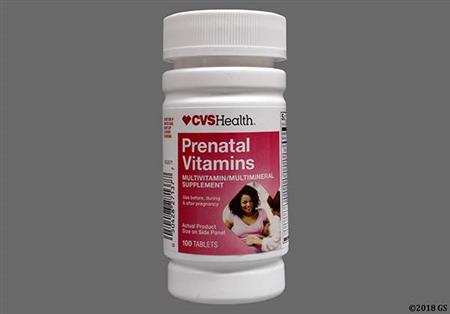
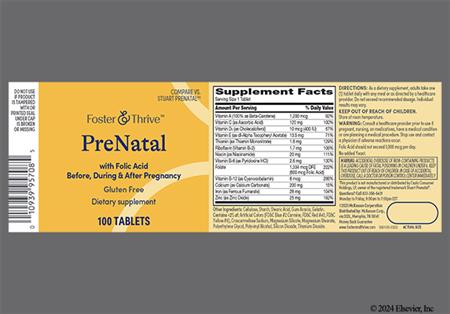
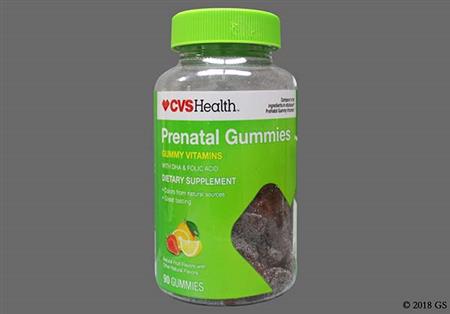
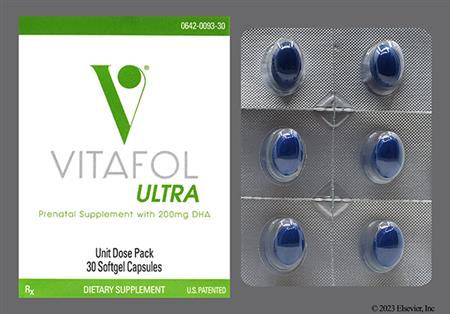
Prenatal multivitamins and minerals products consist of a variety of vitamins and minerals intended to be taken before, during and after pregnancy and may also be used postpartum in lactating and non-lactating mothers. Many vitamins and minerals, such as folic acid, iron, and calcium, are all vital for proper fetal growth and development. The available preparations may vary depending on the manufacturer and nutritional focus (e.g., some preparations may contain DHA or a higher iron content). Some products contain a stool softener to help prevent constipation. All contain folic acid, a vitamin vital in the prevention of neural tube defects, particularly in the first trimester; many prenatal supplements contain 1 mg of this important vitamin. Women of childbearing potential should ensure adequate dietary intake of folic acid pre-conception, and are advised to start taking folate supplementation several weeks before desiring to conceive and to continue taking them through the first 12 weeks of pregnancy or longer. ACOG guidelines state that taking prenatal vitamins for 1 month before conception may help reduce the incidence and severity of nausea/vomiting of pregnancy.[66066]
For storage information, see the specific product information within the How Supplied section.
Common gastrointestinal complaints when taking prenatal multivitamins and minerals include nausea, dyspepsia, constipation or gastric irritation (gastritis). Some effects can be reduced or circumvented by taking the vitamin with a meal and with plenty of liquid to reduce stomach upset or nausea, or adding a stool softener to relieve complaints of constipation. Stool discoloration (darkening) may be noted by patients taking supplements containing iron.
Allergic sensitization has been reported following both oral and parenteral administration of folic acid. Allergic reactions could potentially occur due to other components of prenatal multivitamins and minerals products as well. Be alert for rare reactions like dyspnea, rash (unspecified), pruritus, or urticaria.
The coadministration of certain medications may lead to harm and require avoidance or therapy modification; review all drug interactions prior to concomitant use of other medications.
This medication is contraindicated in patients with a history of hypersensitivity to it or any of its components.
Use prenatal vitamins containing folic acid with caution in patients with undiagnosed anemia. Folic acid may mask hematologic signs of vitamin B12 deficiency of pernicious anemia while allowing neurologic damage to progress.[43855][72486]
This product has not been evaluated by the Food and Drug Administration for safety and efficacy and is not intended to diagnose, treat, cure, or prevent any disease.[72300]
Prenatal multivitamins and minerals are generally recognized as safe (GRAS) for meeting nutritional requirements of females during pre-conception, pregnancy and breast-feeding. No particular precautions are advised. Use before conception (even just 1 to 3 months before fertilization) appears to have benefits, including the reduction of neural tube defects in the fetus, and reduction in symptoms of nausea/vomiting in early pregnancy.[49531] [49235] [48873] [66066]
Most prenatal vitamins contain iron. Accidental exposure of iron-containing products (i.e., overdose) is the leading cause of fatal poisoning in children younger than 6 years. Advise individuals to be aware of this risk and to keep prenatal vitamins out of the reach of children.[72486]
For specific mechanisms of action, please refer to individual monographs discussing the specific vitamin, mineral or supplement components.
Revision Date: 10/08/2025, 01:31:00 AMPrenatal multivitamins and minerals are administered orally. The products contain varying components of fat-soluble and water-soluble vitamins and important minerals.
Affected Cytochrome P450 (CYP450) enzymes and drug transporters: Varies
Some prenatal vitamin and mineral products contain other dietary supplements and herbs,some of which might affect drug metabolism and transport. Specific pharmacokinetic information is not available for these combination products. Clinicians are advised to review individual product components and consider review of pharmacokinetic information found on individual monographs for more information.
Revision Date: 10/08/2025, 01:31:00 AMPrenatal multivitamins and minerals are generally recognized as safe (GRAS) for meeting nutritional requirements of females during pre-conception, pregnancy and breast-feeding. No particular precautions are advised. Use before conception (even just 1 to 3 months before fertilization) appears to have benefits, including the reduction of neural tube defects in the fetus, and reduction in symptoms of nausea/vomiting in early pregnancy.[49531] [49235] [48873] [66066]
Cookies are used by this site. To decline or learn more, visit our cookie notice.
Copyright © 2025 Elsevier, its licensors, and contributors. All rights are reserved, including those for text and data mining, AI training, and similar technologies.